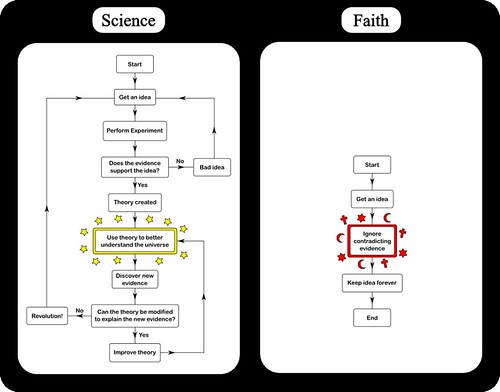Tubelite argues that Intelligent Design (i.e. the creationists arguments against Darwinian evolution) is neither designed, nor intelligent with the following argument:
Years ago, my father told me of an industrial accident he had witnessed. Someone had climbed into a reaction chamber for routine inspection during a plant shutdown, when, unknown to him, a hidden hand opened a valve which flooded the chamber with nitrogen. He collapsed after a few minutes, unconscious. Another person climbed in to see what was wrong, tried to revive the unconscious engineer and himself collapsed. Both died for lack of oxygen soon after.
I remember being extremely surprised and somewhat skeptical – surely they would have felt the same rising panic we feel when holding our breath? There would be enough time and strength left over for a mad dash to the exit, even if it involved a climb… something didn’t add up.
Recently, I heard of a few more such accidents, and remembering the old story, dug around a bit. Turns out that the urge to breathe – air hunger – is triggered, not by low blood oxygen levels, but high carbon dioxide levels! Wikipedia continues: In mammals (with the notable exception of seals and some burrowing mammals), the breathing reflex is triggered by excess of carbon dioxide rather than lack of oxygen, so asphyxiation progresses in oxygen-deprived environments, such as storage vessels purged with nitrogen or helium balloons, without the victim experiencing air hunger. There are other interesting links about using nitrogen asphyxiation as a painless, humane method of killing animals including humans.
He points out that this is such pathetic design that the entire Intelligent Design argument falls flat on its face. Not that it will matter to the creationists, as can be seen from the following flowchart (click on image for full-size):

